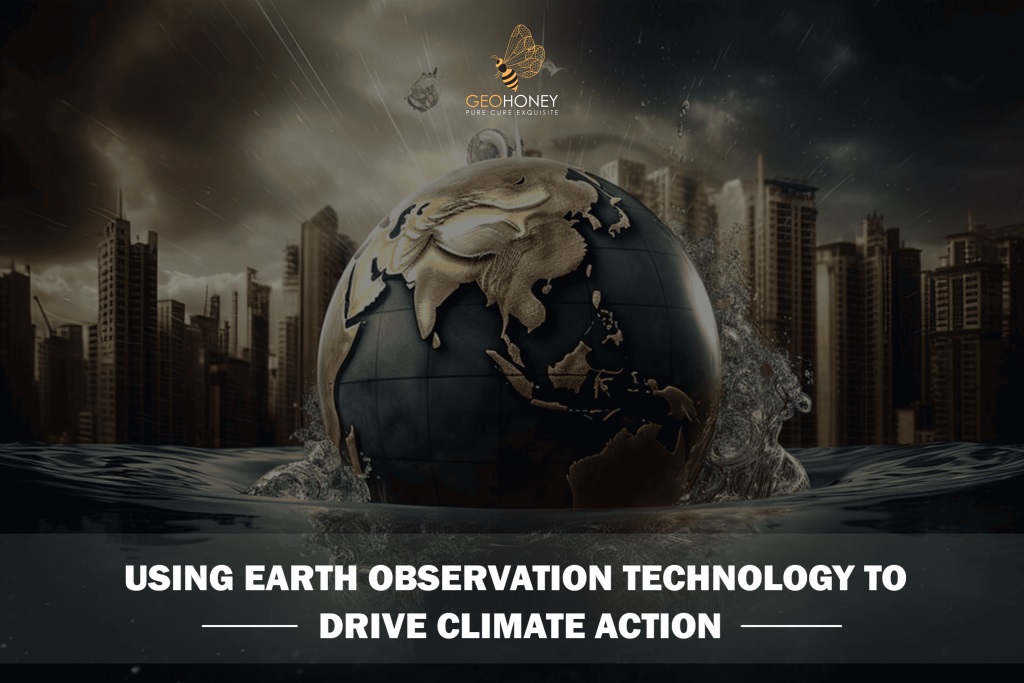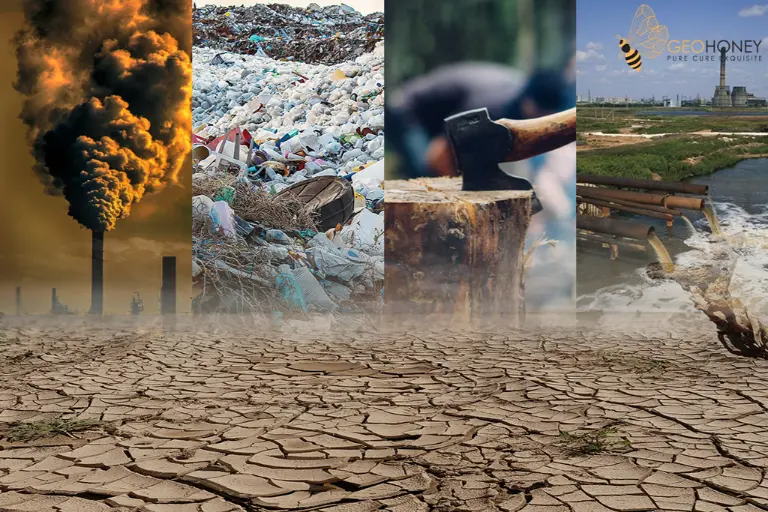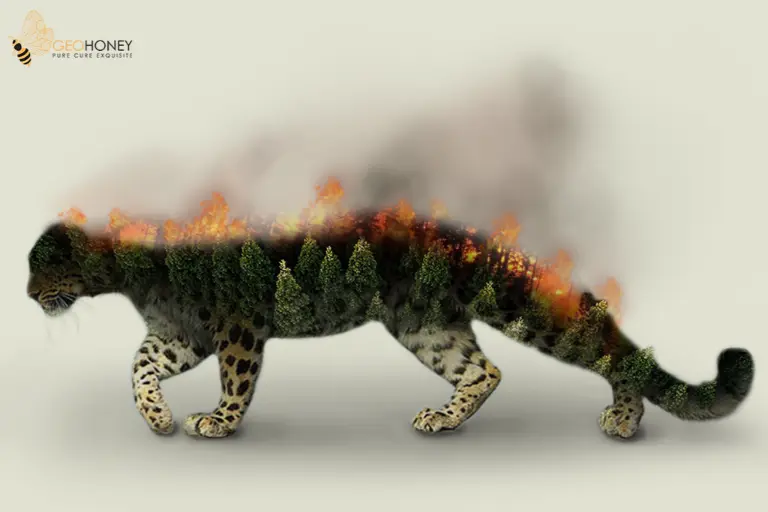- Tokyo: 02:01
- Singapore: 01:01
- Dubai: 21:01
- London: 17:01
- New York: 12:01
Using Earth Observation Technology to Drive Climate Action

Under the Early Warnings for All programme, the UN Climate Change Technology Executive Committee (TEC) has joined forces with the Group on Earth Observation (GEO) to assist vulnerable nations in leveraging Earth observation technology to build climate policies and adaptation measures.
This collaborative partnership will benefit from the knowledge of the GEO community - an intergovernmental cooperation on Earth observations - as well as other Early Warnings for All project implementing partners to boost adaptation and resilience activities globally.
The UN Secretary-General introduced the Early Warnings for All programme, which was sponsored by the World Meteorological Organisation (WMO) and the United Nations Office for Disaster Risk Reduction (UNDRR). It aspires to safeguard everyone on Earth from catastrophic weather, water, and climate events by the end of 2027, using life-saving early warning technologies.
Technology and innovation to improve catastrophe risk knowledge and information are essential components of this ambitious worldwide project. GEO held a GEO Week and Ministerial Summit earlier this month in Cape Town, South Africa, where it endorsed a new strategy for its work beyond 2025 to better respond to the triple planetary crisis of climate change, biodiversity loss, and pollution, as well as land degradation, deforestation, and natural disasters.
The new GEO strategy is centred on providing reliable "Earth intelligence for all," including governments and multilateral environmental agreements like the Paris Agreement, by providing insights and solutions that can inform strategic climate decisions.
UN Climate Change welcomed the plan and GEO's commitment to ensuring equal access to science-based Earth observation equipment. "A fundamental starting point for enhanced climate action is access to relevant and robust climate data," said Ariesta Ningrum, Technology Manager at UN Climate Change.
Ningrum highlighted that Earth observation technologies and services can be a game changer for raising ambition, accelerating climate action, mobilising support, and improving transparency in the implementation of the Paris Agreement by sharing insights from the most recent Nationally Determined Contributions (NDCs, national climate action plans).
Currently, approximately one in every four countries has included technology for climate monitoring and early warning systems in its NDCs, primarily in agriculture and water. Looking at technology needs evaluations by country, climate observation and early warning systems account for roughly 12% of prioritised technological solutions for adaptation.
TEC member Lennox Gladden recounted his home nation of Belize's experience. The World Bank puts Belize seventh out of 167 countries facing climate hazards. It is subjected to regular tropical storms and hurricanes, sea-level rise, floods, severe temperatures, and drought, all of which cause economic, social, and ecological damage.
Access to reliable disaster risk data is critical for vulnerable nations such as Belize to develop evidence-based policy and adaptation activities and mobilise the necessary support for their execution. Nonetheless, disaster risk information, according to the UNDRR, is an area demonstrating slow development in worldwide multi-hazard early warning coverage. The situation is considerably more dire in LDCs and small island developing states.
"The Early Warnings for All initiative is an example of global efforts to assist countries in ramping-up climate action and support to protect the most vulnerable through life-saving early warning systems," Gladden said in a statement. The TEC and GEO will create a knowledge product highlighting technologies, innovation, and tools that can improve disaster risk information sharing for policymakers and climate project teams, with input from other Early Warnings for All partners such as the Green Climate Fund and the Adaptation Fund.
Source: unfccc.int




Gathering information about Earth’s physical, chemical and biological systems via remote sensing technologies, to sense how earth is being threaten by this climate change effect.
This satellite is used for several applications covering agriculture, water resources, urban planning, rural development, mineral prospecting, environment, forestry, ocean resources, and disaster management. So all in all, it is very useful in every way we can imagine.